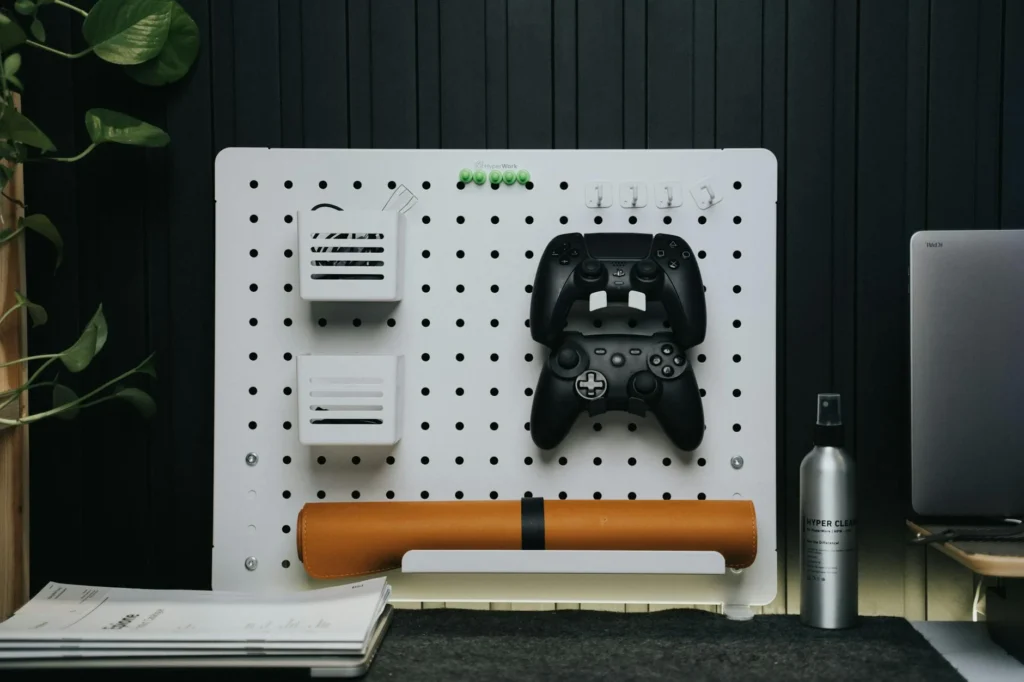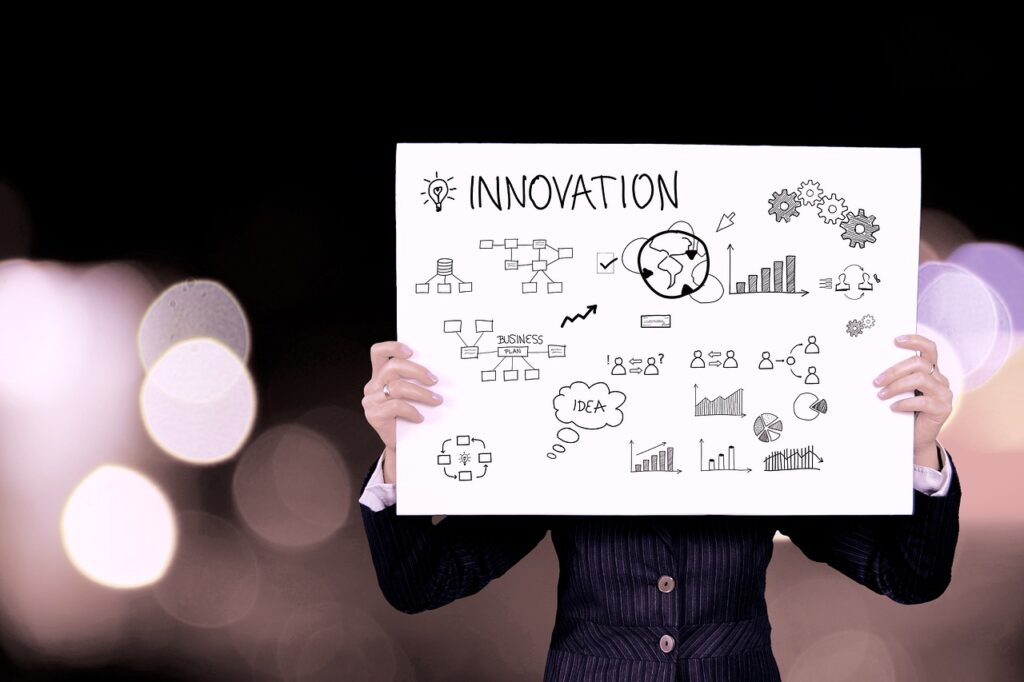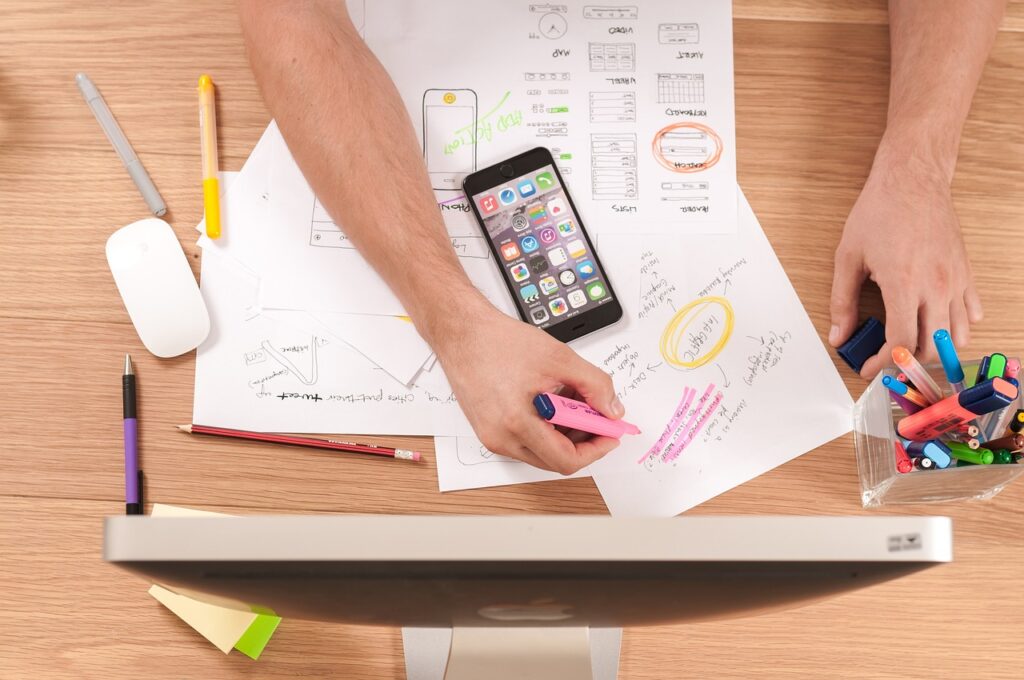
Service Design Essentials
Service Design Essentials provides insights into creating effective services that prioritize user experience, operational efficiency, and business objectives. This category covers everything from understanding the basics of service design to implementing best practices, tackling common challenges, and staying ahead with emerging trends. By exploring the key elements of user research, journey mapping, prototyping, and stakeholder involvement, Service Design Essentials helps businesses craft exceptional service experiences that not only meet current needs but also anticipate future demands. Ideal for professionals looking to enhance their approach to service design in an evolving marketplace.
What are the frequently asked question for designing services?
Are you struggling to design services that truly meet your customers’ needs? 🤔 You’re not alone. In today’s fast-paced business world, creating exceptional service experiences can be a daunting task. But fear not! Understanding the frequently asked questions about service design can be your secret weapon to success.
From startups to Fortune 500 companies, businesses are increasingly recognizing the power of effective service design. It’s not just about delivering a product or service anymore; it’s about crafting an entire experience that delights customers at every touchpoint. But where do you begin? What are the key elements to consider? How can you implement service design strategies that actually work?
In this comprehensive guide, we’ll dive deep into the world of service design, answering the most pressing questions that plague both novices and seasoned professionals alike. We’ll explore everything from the basics of service design to cutting-edge trends shaping the future of customer experiences. So, buckle up and get ready to transform your approach to service design – your customers (and your bottom line) will thank you! 💼✨
Understanding Service Design Basics
A. What is service design?
Service design is a holistic approach to creating and improving services that focus on enhancing the user experience. It involves analyzing and optimizing all touchpoints between a customer and a service provider to ensure a seamless, efficient, and enjoyable experience.
B. How does service design differ from product design?
| Aspect | Service Design | Product Design |
|---|---|---|
| Focus | Intangible experiences | Tangible objects |
| Timeline | Ongoing interactions | One-time purchase |
| User involvement | High, throughout the process | Limited, mainly at purchase |
| Delivery | Real-time, often personalized | Mass-produced, standardized |
C. Why is service design important for businesses?
Service design is crucial for businesses because it:
- Enhances customer satisfaction and loyalty
- Improves operational efficiency
- Identifies new business opportunities
- Reduces costs by streamlining processes
- Differentiates the company from competitors
D. Who typically leads service design projects?
Service design projects are often led by:
- Service designers
- UX/UI designers with service design expertise
- Business analysts with a focus on customer experience
- Cross-functional teams including marketing, operations, and customer service representatives
These professionals collaborate to create holistic service experiences that meet both user needs and business objectives. With this understanding of service design basics, we can now explore the key elements that make up effective service design strategies.

Key Elements of Service Design
A. How do you identify customer needs and pain points?
Identifying customer needs and pain points is crucial for effective service design. This process involves:
- Conducting user research
- Analyzing customer feedback
- Observing user behavior
- Implementing surveys and interviews
B. What tools are used in service design?
Service designers utilize various tools to create and improve services:
| Tool | Purpose |
|---|---|
| Personas | Represent typical user archetypes |
| Customer Journey Maps | Visualize user experiences |
| Service Blueprints | Outline service processes |
| Empathy Maps | Understand user emotions and motivations |
| Stakeholder Maps | Identify key players in the service ecosystem |
C. How do you map the customer journey?
Mapping the customer journey involves:
- Identifying touchpoints
- Documenting user actions and emotions
- Analyzing pain points and opportunities
- Creating a visual representation of the journey
D. What role does prototyping play in service design?
Prototyping is essential in service design for:
- Testing concepts quickly and cost-effectively
- Gathering user feedback early in the process
- Iterating on designs before full implementation
- Identifying potential issues and improvements
E. How do you measure the success of a service design project?
Measuring success in service design involves:
- Defining clear KPIs (Key Performance Indicators)
- Collecting user feedback and satisfaction ratings
- Analyzing operational efficiency improvements
- Assessing financial impact and ROI
- Monitoring long-term adoption and usage metrics
Now that we’ve explored the key elements of service design, let’s move on to implementing these concepts in real-world scenarios.

Implementing Service Design
Now that we’ve covered the key elements of service design, let’s explore how to put these concepts into practice.
A. How long does a typical service design project take?
The duration of a service design project can vary significantly depending on its scope and complexity. Here’s a general timeline:
| Project Size | Typical Duration |
|---|---|
| Small | 2-4 weeks |
| Medium | 1-3 months |
| Large | 3-6 months |
| Enterprise | 6-12+ months |
B. What are the main stages of a service design process?
The service design process typically involves the following stages:
- Research and Discovery
- Ideation and Concept Development
- Prototyping and Testing
- Implementation
- Evaluation and Iteration
C. How do you involve stakeholders in the design process?
Stakeholder involvement is crucial for successful service design. Consider these approaches:
- Conduct workshops and co-creation sessions
- Use surveys and interviews for feedback
- Create stakeholder maps to identify key players
- Implement regular check-ins and progress updates
D. What challenges might arise during implementation?
Implementation can face several obstacles:
- Resistance to change from employees or customers
- Resource constraints (time, budget, personnel)
- Misalignment between design and operational realities
- Difficulty in measuring success and ROI
To overcome these challenges, maintain open communication, set realistic expectations, and be prepared to adapt your approach as needed.
Next, we’ll explore best practices in service design to ensure your projects are set up for success.

Service Design Best Practices
How do you ensure consistency across different touchpoints?
Ensuring consistency across touchpoints is crucial for a seamless service experience. Here are key strategies:
- Develop a comprehensive brand guideline
- Implement a unified design system
- Conduct regular cross-channel audits
- Train staff on brand values and communication
| Strategy | Description | Benefits |
|---|---|---|
| Brand guideline | Detailed document outlining visual and tonal elements | Maintains brand identity |
| Design system | Reusable components and patterns | Ensures visual consistency |
| Cross-channel audits | Regular checks across all touchpoints | Identifies inconsistencies |
| Staff training | Educating employees on brand values | Ensures consistent customer interactions |
What are some common pitfalls to avoid in service design?
Avoiding common pitfalls is essential for successful service design. Key areas to watch out for include:
- Neglecting user research
- Overcomplicating the service journey
- Ignoring backend processes
- Failing to involve stakeholders
How do you balance customer needs with business constraints?
Balancing customer needs and business constraints requires a strategic approach:
- Prioritize customer needs based on impact and feasibility
- Identify cost-effective solutions that address core pain points
- Implement iterative improvements to manage resources effectively
- Use data-driven decision making to justify investments
Now that we’ve explored service design best practices, let’s look at future trends shaping this field.

Future Trends in Service Design
How is technology impacting service design?
Technology is revolutionizing service design, enabling more personalized and efficient experiences. Artificial Intelligence (AI) and Machine Learning (ML) are at the forefront, allowing for predictive analytics and automated decision-making. The Internet of Things (IoT) is creating interconnected ecosystems, while augmented reality (AR) and virtual reality (VR) are enhancing immersive experiences.
| Technology | Impact on Service Design |
|---|---|
| AI/ML | Personalization, Automation |
| IoT | Interconnectivity, Data Collection |
| AR/VR | Immersive Experiences |
What emerging methodologies are shaping the field?
Emerging methodologies in service design include:
- Design Thinking 2.0: An evolution of the traditional approach, emphasizing rapid prototyping and continuous iteration.
- Systems Thinking: Considering services as part of larger ecosystems.
- Circular Design: Focusing on sustainability and minimizing waste.
- Co-creation: Involving users and stakeholders throughout the design process.
How is service design evolving to meet changing customer expectations?
Service design is adapting to meet rising customer expectations by:
- Emphasizing hyper-personalization
- Prioritizing omnichannel experiences
- Focusing on emotional design and empathy
- Incorporating real-time feedback mechanisms
As we move forward, service designers must stay agile, continuously learning and adapting to new technologies and methodologies to create innovative, user-centric solutions that meet evolving customer needs.

Designing effective services requires a deep understanding of user needs, business objectives, and the latest industry trends. From grasping the basics to implementing best practices, service design is a multifaceted discipline that continuously evolves. As we’ve explored, key elements such as user research, journey mapping, and prototyping play crucial roles in creating successful services.
As the field of service design continues to grow, staying informed about emerging trends and technologies is essential. By embracing innovative approaches and keeping the user at the center of the design process, businesses can create services that not only meet current needs but also anticipate future demands. Remember, successful service design is an ongoing process of iteration and improvement, always striving to deliver exceptional experiences that delight users and drive business success.


